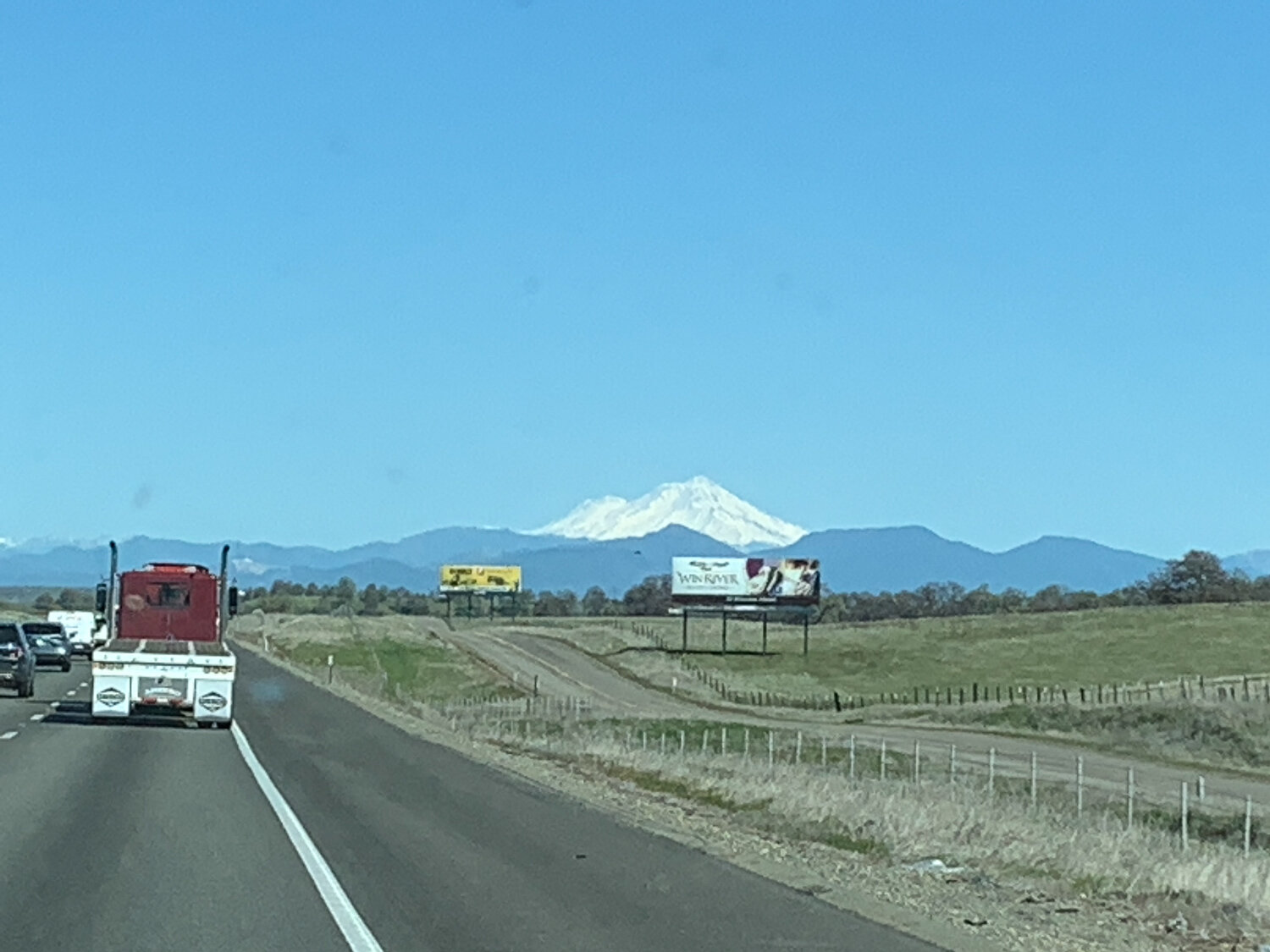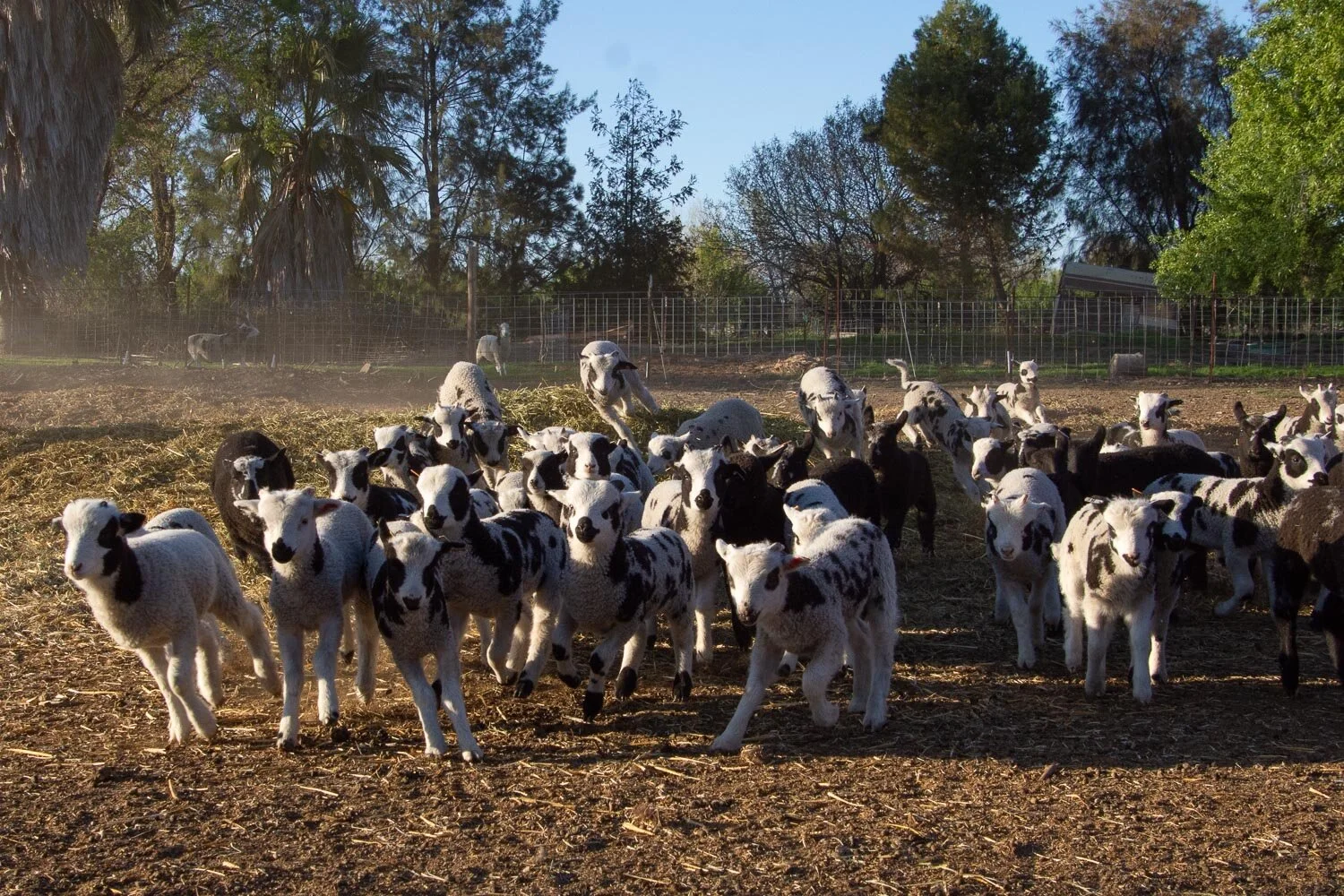Random Farm Photos - Early May
/Random Farm Photos for early May—Farm Club, dyed yarn, weaving, sheep…Random things I’m doing.
Read MoreJuly, 2023: I have switched to writing most of my blog posts on my original WordPress blog so access all the current news there and sign up on that site for email updates.
Random Farm Photos for early May—Farm Club, dyed yarn, weaving, sheep…Random things I’m doing.
Read MoreMore lambing photos with lambs number 65 to 73.
Read MorePhotos of Jacob lambs and of a ewe during lambing.
Read MorePhotos from the first week of lambing.
Read MoreAnother surprise awaited me at the barn this morning.
Read MoreLambs are still coming. This is more lambing photos and story of one lamb in need of physical therapy.
Read MoreThe first lamb surprised me by being a week early.
Read MoreI don’t have a plan for updating my lamb photos. I need to take photos as they grow so that I can keep the lamb pages on the website updated. Ewe lambs. Ram lambs. I wander around with the camera and try to get photos of the lambs in which you can see their legs and feet. I also need to see at least one ear tag clearly enough to read the number. Needless to say, not all of the lamb listings have current photos.
Here are some of the latest photos along with some photos to show how the lambs have changed. When people want to buy lambs to start a breeding flock I explain that it’s hard to predict how the ram lambs horns will turn out and I don’t want to sell them until we have a better idea of horn growth. Why is that important? The rams can’t be registered until they are 6 months old because the inspectors need to be assured that the horns aren’t growing in a way that will impact the health of the sheep. Every sheep is inspected by two inspectors (and I am one, but don’t inspect my own sheep) who look at photos submitted by the owner. There is a Breed Standard that shows Desirable, Acceptable, and Not Acceptable for registration. The goal with inspection is to make sure that animals do not fall into the Not Acceptable category. Most of the traits that would put them in that category indicate potential crossbreeding or health risk. The goal of JSBS (Jacob Sheep Breeders Association) is to register as many as possible—we do not like to fail a sheep.

This is what you see if you click on Breed Standard at the top of the JSBA website. All of those menu choices have information on those different aspects of describing Jacob sheep. It’s worth spending some time there if you want to learn more about any of these traits.

This is Ruby Peak Tamarisk. I got him last year as a yearling (blog post about that road trip during fire season) because I needed new genetics here. I have spent so much time focusing on good fleece that I haven’t paid that much attention to horns and I wanted a ram that might help with my flock’s horns (in addition to maintaining the fleece traits of which I am proud). He was bred to almost 2/3 of the flock.

Ram #2130 is Ruby Peak Tamarisk x Meridian Jingle. His horns look very promising. At one point I wondered if he was that less common lilac color. See the photo below.

The lilac coloring would have to come from as far back as lilac great-grandmothers on the sire and dam sides. If this is lilac coloring it would have come from as far back as lilac great-grandmothers on the sire and dam sides. I think I want to take a closer look at him now.

Lamb #2126 is Ruby Peak Tamarisk x Meridian Terri. He was born March 1 so he is 3-1/2 months old. This is why we wait until 6 months of age to evaluate rams. Those horns are tipping forward and we want to see how much they tip as the ram grows.

Lamb #2156 looks good. Ruby Peak Tamarisk x Meridian Lavendar. Lavendar is a lilac ewes so this ram will carry that trait.

Lamb 2175 doesn’t look promising. Ruby Peak Tamarisk x Meridian Ruth 2, born 3/10/21. It’s not a problem that he broke off a top horn because it will grow, but the lower horns are curving right into his face.

At 12 days he looks like he could be the perfect flock sire (albeit not a lot of spots but still passable).

At just over 2 months you might think that his horns were OK, but compare this photo to the first one of this ram, taken when he is a week over 3 months old. (That’s his twin on the right. I don’t have a current photo of him.)

This is Meridian Rambler, a yearling (about 15 months now) that I kept from the 2020 lamb crop. He probably deserves a blog post all by himself to show the progression of horn growth and discuss why I kept him. You can see how much horn growth to expect in those lambs by this time next year and think about the horn shape and position.

Lamb # 2137 is Rambler’s offspring. Meridian Rambler x Meridian Patsy.

Ewe horns don’t grow nearly as large so aren’t as critical when evaluating young lambs. Ewe lamb #2187 is one I have chosen to keep. Ruby Peak Tamarisk x Meridian Cashew. I have named her Meridian Columbine. Doesn’t she have a pretty face?

Meridian Lupine, # 2159, is another that I’ve decided to keep. Meridian Axle x Meridian Vixen. It’s hard to tell in this photo but she is lilac, like her dam and her grandsire on her dad’s side. Notice the different position and shape of the horns on a 2-horn ewe. Ewe lambs can be registered at 3 months old as long as you can see enough horn growth.

We irrigated last week and for a time had our own private wetlands complete with a small flock of Canada geese. Now the pasture is dry but I have heard a lot of honking the last few days. I think this goose was calling his mate.

He eventually flew off…

…but not far. Just into the pasture.

Together.

A Jacob breeder who lives about 2 hours from here wanted to buy the ram, Jasper, and I offered to deliver him. The wether (who happens to be one of the few sheep I am trying to keep coated to keep his fleece free of VM) went along for the ride. It seemed as though it would be less stressful for Jasper to not be completely alone in the trailer. Also we were delivering a ram for Jasper’s buyer to a location that was on our way home.

The horns on this wether are the main reason that he was castrated as a lamb. Most of the rams that don’t meet certain standards will go to the butcher market but this one lucked out and his job is to be a companion to any sheep that needs a buddy.

We drove north and eventually had a clear view of Mt. Shasta. The north wind was incredibly strong that day—so strong that our truck struggled heading due north and pulling the trailer. Time for a new truck?

Jasper ended up in a nice place—a large field and a bunch of ewes. What more would a ram want?

Back home, this is my entertainment every evening.

People have asked why the lambs run and i don’t know. They just do. It’s a Lamb Flashmob. If I’m still in the barn I hear them thundering past.

They run for 15 minutes or so and then they give it up and go find mom or get some hay.


We delivered Jasper on Friday and Axle went to a new home the day before. That left Tamarisk by himself so we put a wether in with him. Today we moved the yearlings, Rambler and Jangle, into the grown up ram pen where there will now be three. We started with a small pen and included a bale of straw as an impediment. There isn’t much space but the idea is that they will figure out who is boss without the major damage that could happen if they were able to back up and charge each other. The wether is still in the ram pen but not forced to be in with the others while they battle it out. Hopefully after a few days they will be BFFs. I assume that Tamarisk, the older ram, will be the boss of the other two.
Farm Club helped today with vaccinating, barn cleaning, hoof trimming, and more
Read MoreAt Meridian Jacobs farm we raise Jacob sheep and sell locally grown wool fiber, yarn, and handwoven goods. We teach fiber classes and sell Ashford, Clemes & Clemes, and Schacht spinning and weaving equipment. We encourage farm visits with field trips and our unique Farm Club.
Search blog posts since 2019. If the search says it can’t find a post try putting in your search word a second time. I don’t know why but the second time it seems to work.
Search the entire website, including older blog posts.